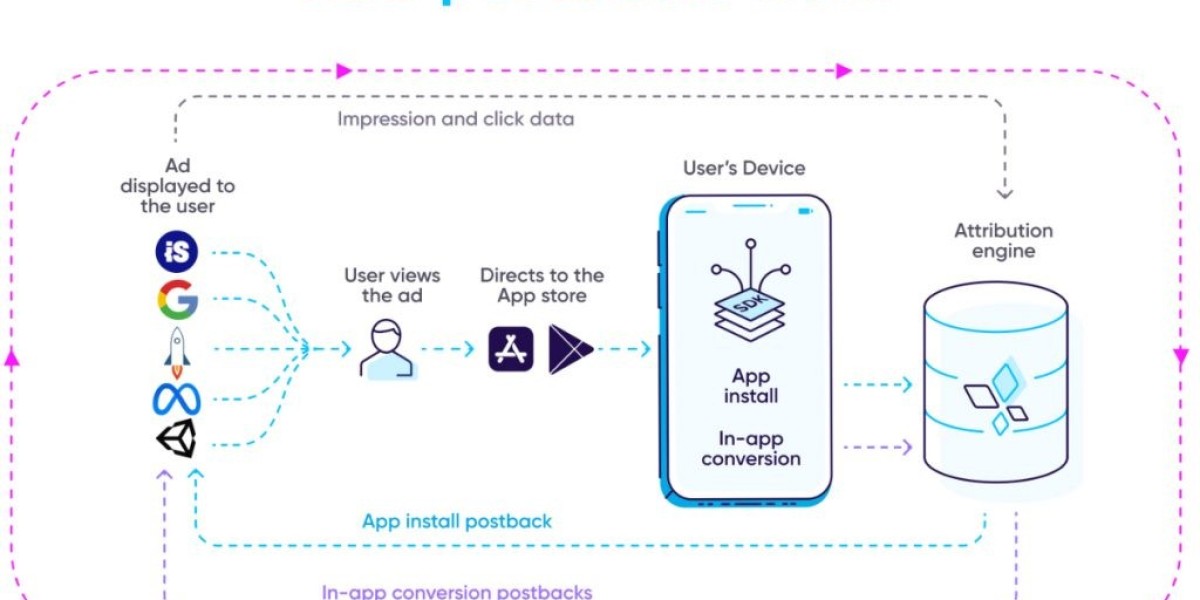In the ever-evolving world of web development, terms like callback and postback often surface, sometimes confusing beginners and even intermediate developers. Both play crucial roles in how web applications interact with servers, but they serve very different purposes. This article will delve deep into callback vs postback, clarifying what each means, how they work, and when to use them effectively.
What Are Callbacks?
The Basics of Callbacks
A callback is a fundamental concept in programming where a function is passed as an argument to another function and is executed after a certain event or task is completed. In web development, callbacks are often associated with asynchronous operations like API calls, timers, or event handlers.
How Callbacks Work in JavaScript
In JavaScript, callbacks enable non-blocking behavior. For example, when making an AJAX request to fetch data from a server, you don’t want your entire page to freeze waiting for the response. Instead, you provide a callback function that executes once the data arrives.
This approach improves user experience by keeping the interface responsive.
Real-World Use Cases of Callbacks
Handling user inputs such as clicks or form submissions
Processing API responses asynchronously
Animations and timers in front-end interfaces
Event-driven programming
What Is Postback?
Defining Postback
Postback is a term primarily used in ASP.NET and similar web frameworks. It refers to the process where a webpage sends data back to the same server page from which it originated, typically triggered by a user action like clicking a button.
How Postback Works in Web Forms
When a postback occurs, the entire page lifecycle runs again on the server, processing the submitted data and rendering the page anew. This process allows the server to maintain state, validate inputs, and update page content dynamically.
Example of Postback in ASP.NET
Suppose you have a form with a submit button on an ASP.NET Web Form page. When the button is clicked, a postback happens:
The browser sends form data to the server.
The server processes the data.
The page is re-rendered and sent back to the browser with updated content.
This mechanism was widely used before AJAX and modern single-page applications (SPAs) became prevalent.
Pros and Cons of Postback
Pros:
Simplifies server-side processing and state management
Integrates easily with server controls
Cons:
Causes full-page reloads, which can be slow and disruptive
Higher bandwidth usage due to complete page refresh
Less responsive user experience compared to asynchronous methods
Callback vs Postback: Core Differences
Aspect | Callback | Postback |
Nature | Asynchronous function execution | Full page data submission to server |
Scope | Typically client-side | Server-side page lifecycle |
User Experience | Non-blocking, smooth interactions | Page reloads causing possible flicker |
Use Cases | AJAX calls, event handlers, API responses | Traditional form submissions in ASP.NET |
Performance | Lightweight, partial updates | Heavier, full page refresh |
Technology | JavaScript, asynchronous programming | ASP.NET Web Forms, server control frameworks |
Why Understanding the Difference Matters
As web development shifts toward more dynamic and responsive interfaces, understanding the distinction between callback vs postback is critical for designing efficient and user-friendly applications.
Using callbacks effectively can drastically improve performance by reducing unnecessary page reloads.
Knowing when postbacks are appropriate helps maintain legacy systems or simplify server-side logic where needed.
Choosing the right approach impacts both developer productivity and end-user satisfaction.
Modern Alternatives and Trends
Moving Beyond Postbacks: AJAX and SPA
With the rise of AJAX (Asynchronous JavaScript and XML) and frameworks like React, Angular, and Vue, developers increasingly prefer callbacks and asynchronous data fetching over traditional postbacks. This shift enables smoother user experiences by updating only parts of the page without full reloads.
Server-Side Callbacks
In some cases, callbacks can also occur on the server side, such as webhooks or event-driven server processes, where one service calls another after completing a task.
Practical Tips for Developers
When to Use Callbacks
You need to handle asynchronous operations (API calls, user events)
You want to keep the UI responsive without reloading the page
Your application is based on client-side frameworks or vanilla JavaScript
When to Use Postbacks
Maintaining legacy ASP.NET Web Forms applications
When server-side control and full page lifecycle are necessary
For simpler applications where full reloads don’t significantly impact UX
Conclusion: The Future of Callback vs Postback in Web Development
As web technology continues to advance, the use of callbacks for asynchronous, non-blocking interactions will dominate modern web development, offering smoother, faster, and more engaging user experiences. However, postbacks still have a place, especially in legacy systems and scenarios where server-side processing of the full page is required.
Understanding the fundamental differences between callback vs postback empowers developers to make informed decisions about architecture and user experience design. Looking forward, embracing asynchronous callbacks and moving toward reactive, SPA-style interfaces may well define the next generation of web applications.






